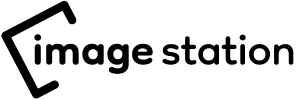Web scraping refers to the practice of using software tools to extract data from websites. It is a useful technique for data analysis, research, and marketing purposes.
Facebook is a popular social media platform with over 2 billion monthly active users, and it contains a wealth of information that can be scraped.
However, it is important to note that scraping Facebook data is against their terms of service and may also be illegal in some jurisdictions.
In this article, we will provide an overview of how to scrape Facebook while keeping in mind ethical and legal considerations.
Contents
Legal Considerations One Must Know Before Scraping Facebook
1. Legal Issues with Web Scraping:
Web scraping can also violate copyright law, privacy laws, and other legal regulations. Scraping copyrighted material without permission can result in legal action by the copyright owner.

P.c: PIXABAY
Additionally, scraping personal information such as names, emails, and phone numbers can violate privacy laws. It is important to consult with a lawyer to ensure that you have the legal right to scrape Facebook data.
2. Possible Consequences of Scraping Facebook:
Scraping Facebook data without permission can result in legal and ethical consequences. Facebook has implemented measures to prevent scraping, and violating its terms of service can result in account suspension or termination.
Facebook can also block the IP address of the scraper, preventing access to their platform. In extreme cases, legal action and criminal charges may be pursued against the scraper.
What Can Be Scraped From Facebook?
1. User Profiles:
Scraping user profiles can provide valuable information such as name, age, gender, location, education, employment, and interests.
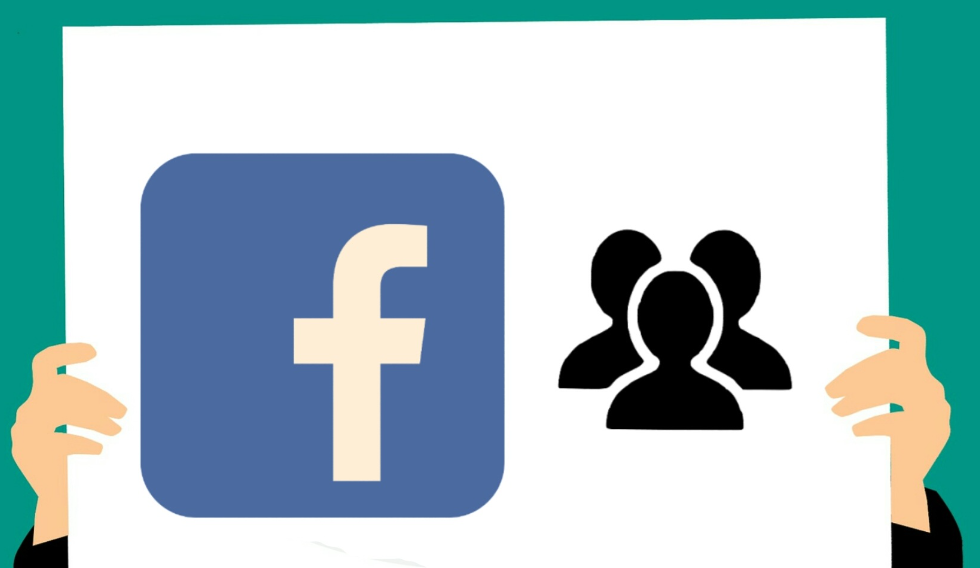
P.C: PxHere
This data can be useful for research, marketing, and personalization purposes. It can also be used to analyze user behavior and preferences.
2. Posts and Comments:
Scraping posts and comments can provide insights into user behavior, interests, and preferences. This data can be used for sentiment analysis, topic analysis, and social network analysis.
It can also be used to target specific audiences, personalize content, and improve advertising campaigns.
3. Messages and Conversations:
Scraping messages and conversations can provide valuable data for research and analysis. It can be used to study communication patterns, sentiment analysis, and social network analysis.

P.C: PEXELS
It can also be used for personalization purposes such as recommending content, suggesting friends, and improving user experience.
4. Groups and Pages:
Scraping data from Facebook groups and pages can provide insights into user behavior and preferences. This data can be used to target specific audiences, personalize content, and improve advertising campaigns.
It can also be used for research purposes such as studying group dynamics, sentiment analysis, and social network analysis.
5. Events:
Scraping data from Facebook events can provide valuable insights into user behavior and interests. This data can be used to target specific audiences, personalize content, and improve advertising campaigns.
It can also be used for research purposes such as studying event attendance, sentiment analysis, and social network analysis.
Tools and Technologies Used For Scraping Facebook
1. Scraping Tools:
There are several scraping tools available for scraping Facebook data, including Scrapy, BeautifulSoup, and Selenium. These tools use different programming languages such as Python, Java, and JavaScript.
Scrapy is a Python-based scraping framework that provides an efficient way to extract data from websites. BeautifulSoup is a Python library that makes it easy to parse HTML and XML documents.
Selenium is a tool that allows automated testing of web applications and can also be used for web scraping.
2. Facebook Graph API:
The Facebook Graph API is a powerful tool for accessing and extracting data from Facebook. It allows developers to access public data such as user profiles, pages, groups, and events.
It also allows access to data from Facebook’s advertising platform, such as ad campaigns, ad sets, and ad creatives.
3. Facebook Developer Account:
To access the Facebook Graph API, you will need a Facebook Developer account. This account will allow you to create an App ID, generate an Access Token, and manage your app’s settings.
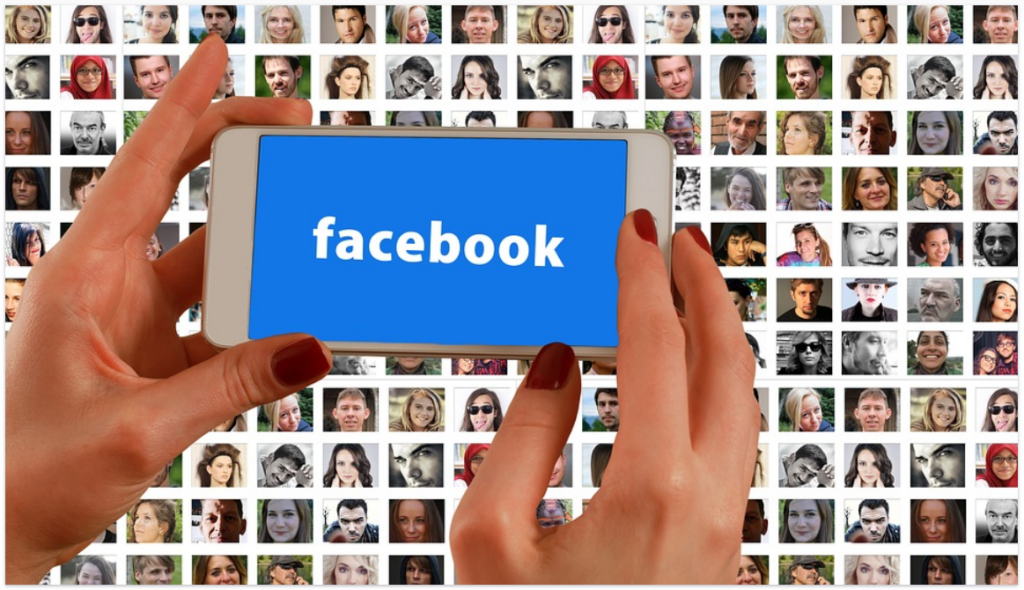
P.C: PIXABAY
It is important to follow Facebook’s guidelines when using the API to avoid violating their terms of service.
4. Data Extraction Tools:
In addition to scraping tools, there are several data extraction tools available for scraping Facebook data. These tools allow you to extract specific data from Facebook pages and groups without the need for coding.
Some popular data extraction tools include Octoparse, ParseHub, and Import.io.
5. Data Analysis Tools:
Once you have scraped Facebook data, you will need to analyze it to gain insights and make decisions. There are several data analysis tools available that can help you analyze Facebook data, including Excel, Google Sheets, and Tableau.
These tools allow you to visualize data, perform calculations, and create reports.
6. Setting Up the Environment:
Scraping Facebook data requires a specific environment with the necessary tools and technologies. In this article, we will discuss the steps involved in setting up the environment for scraping Facebook data.
7. Installing Dependencies
To start scraping Facebook data, you will need to install the necessary dependencies. These dependencies may vary depending on the scraping tool you choose. However, some commonly used dependencies include:
Python: Most scraping tools are written in Python, so you will need to install Python first.
Requests: A Python library that allows you to send HTTP/1.1 requests.
BeautifulSoup: A Python library for pulling data out of HTML and XML files.
Selenium: A tool for automating web browsers.
You can install these dependencies using pip, the package installer for Python. Open a terminal or command prompt and type:
pip install requests beautifulsoup4 selenium
8. Configuring Settings
After installing the necessary dependencies, you will need to configure the settings for your scraper. For example, if you are using Selenium, you will need to specify the browser you want to use (e.g. Chrome or Firefox) and the location of the browser driver.
You will also need to obtain an Access Token and App ID from your Facebook Developer account. These will allow you to access the Facebook Graph API and extract data from Facebook.
9. Setting Up a Facebook Developer Account
To access the Facebook Graph API, you will need to create a Facebook Developer account. To create an account, follow these steps:
Go to the Facebook Developer website and sign in with your Facebook account.
Click on “Get Started” and follow the prompts to create a new app.
Once you have created the app, you will be taken to the app dashboard. Here, you can find your App ID and generate an Access Token.
To generate an Access Token, click on “Tools” in the left-hand menu and select “Access Token Tool”. Follow the prompts to generate an Access Token.
How To Scrape Facebook Data?
Step 1: Choose a Scraping Tool
There are several scraping tools available for scraping Facebook data, including Scrapy, BeautifulSoup, and Selenium. Choose a tool that suits your needs and programming skills.
Step 2: Set Up the Environment
Before scraping Facebook data, you must set up your environment. This involves installing the necessary dependencies and configuring the settings for your scraper.
You may need to install Python packages such as Requests, Beautiful Soup, and Selenium WebDriver. You may also need to configure your Facebook Developer account to obtain an Access Token and App ID.
Step 3: Choose the Data to Scrape
Decide which data you want to scrape from Facebook. This can include user profiles, posts, comments, messages, groups, pages, and events.
Step 4: Obtain URLs for Scraping
To scrape data from Facebook, you will need to obtain URLs for the data you want to extract. For example, to scrape user profiles, you can use the Facebook Graph API to obtain public information. To scrape posts and comments, you can obtain the URLs for specific posts or pages.
Step 5: Write the Scraper
Write the code for your scraper using the chosen scraping tool. The code will depend on the data you want to scrape and the scraping tool you have chosen. You may need to write custom scripts to interact with the Facebook API or use pre-built libraries.
Step 6: Run the Scraper
Once you have written the code for your scraper, you can run it to extract data from Facebook. The scraper will extract the data and store it in a file or database.
Step 7: Analyze the Data
After scraping Facebook data, you will need to analyze it to gain insights and make decisions. There are several data analysis tools available that can help you analyze Facebook data, including Excel, Google Sheets, and Tableau.
These tools allow you to visualize data, perform calculations, and create reports.
Use Cases of Scraping Facebook Data
1. Market Research:
Scraping Facebook data can help businesses understand their target audience better. By analyzing user profiles, posts, comments, and other data, businesses can gain insights into consumer behavior, preferences, and interests.
This information can be used to improve product development, marketing campaigns, and customer service.
2. Competitive Analysis:
Scraping Facebook data can also help businesses monitor their competitors. By analyzing the posts, comments, and engagement of competitor pages, businesses can gain insights into their strategies, strengths, and weaknesses.
This information can be used to develop a more effective competitive strategy.
3. Social Media Monitoring:
Scraping Facebook data can help businesses monitor their brand reputation and customer sentiment.
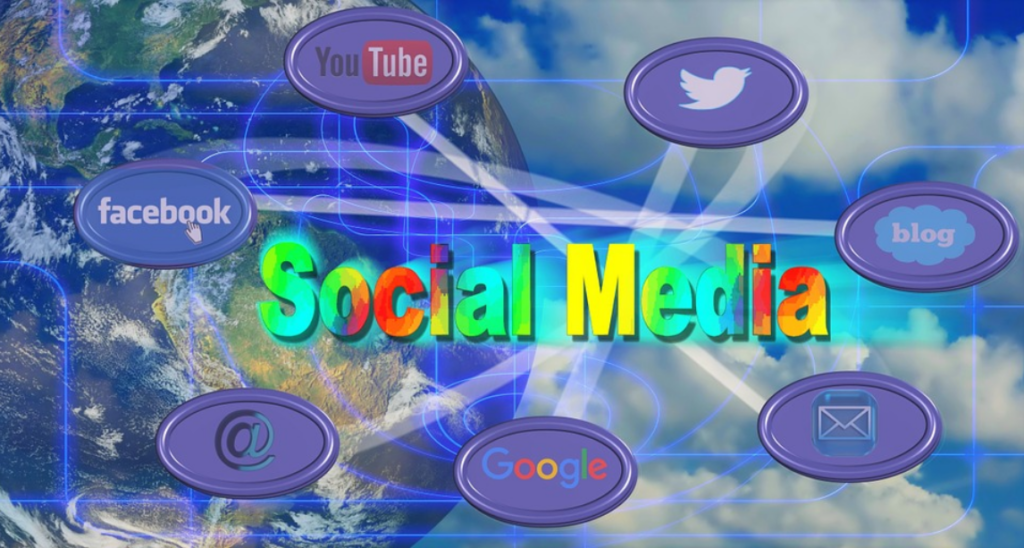
P.C: PIXABAY
By analyzing posts, comments, and messages related to their brand, businesses can gain insights into customer feedback and identify areas for improvement. This information can be used to improve customer service and brand perception.
4. Personalization:
Scraping Facebook data can also help businesses personalize their marketing campaigns. By analyzing user profiles, businesses can tailor their messaging and content to specific audiences. This information can also be used to develop personalized recommendations and offers.
4. Academic Research:
Scraping Facebook data can provide valuable insights for academic research. By analyzing user behavior, sentiment, and social networks, researchers can gain insights into human behavior, communication, and culture. This information can be used to develop theories, models, and interventions.
5. Law Enforcement:
Scraping Facebook data can also be used for law enforcement purposes. By analyzing user profiles, messages, and communication patterns, law enforcement agencies can gather evidence and track suspects. This information can be used to solve crimes and prevent criminal activity.
Quick Links:
- 8 Best Facebook Marketing Tools For Growing Popularity
- Top 10 Best Proxy For Facebook
- Bright Data Scraping Browser Review
- How to Get Likes on Facebook Status
Conclusion: How to Scrape Facebook?
Scraping Facebook data can provide valuable insights for research, marketing, and personalization purposes. However, it is important to understand the legal and ethical considerations involved and to follow best practices to ensure successful scraping.
Always use the scraped data ethically and responsibly and avoid violating Facebook’s.
